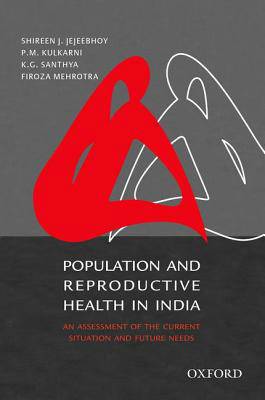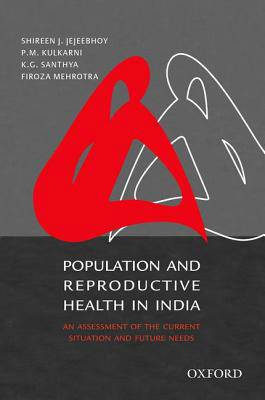
- Afhalen na 1 uur in een winkel met voorraad
- Gratis thuislevering in België vanaf € 30
- Ruim aanbod met 7 miljoen producten
- Afhalen na 1 uur in een winkel met voorraad
- Gratis thuislevering in België vanaf € 30
- Ruim aanbod met 7 miljoen producten
Zoeken
Population and Reproductive Health in India
An Assessment of the Current Situation and Future Needs
Shireen J Jejeebhoy, P M Kulkarni, K G Santhya, Firoza Mehrotra
Hardcover | Engels
€ 42,95
+ 85 punten
Omschrijving
India has expressed its commitment to improving the quality of its population through a large number of policies and programmes, which have highlighted the need for a healthy, educated, skilled and employed population. Additionally, legislative measures in the area of sexual and reproductive health, youth and gender issues have gone a long way in addressing the nation's commitment to addressing reproductive rights, as well as the rights of women and young people. Remarkable achievements have been made in meeting the health and development needs of the nation's 1.21 billion people, especially in terms of schooling, life expectancy, maternal and infant mortality, and family planning. However, there remain many areas in which progress has been uneven, and which, if not addressed soon, will affect people's wellbeing and violate their rights. This volume is a population needs assessment synthesising available evidence pertaining to the current situation and progress made in improving the health and population situation and realising rights. It highlights gaps or obstacles that may have impeded progress, and outlines priority areas for action. It addresses several dimensions of the population situation, namely, size and structure, overall development, as well as its sexual and reproductive health situation and exercise of reproductive rights.
Specificaties
Betrokkenen
- Auteur(s):
- Uitgeverij:
Inhoud
- Aantal bladzijden:
- 276
- Taal:
- Engels
Eigenschappen
- Productcode (EAN):
- 9780198096238
- Verschijningsdatum:
- 8/07/2014
- Uitvoering:
- Hardcover
- Formaat:
- Genaaid
- Afmetingen:
- 142 mm x 218 mm
- Gewicht:
- 539 g

Alleen bij Standaard Boekhandel
+ 85 punten op je klantenkaart van Standaard Boekhandel
Beoordelingen
We publiceren alleen reviews die voldoen aan de voorwaarden voor reviews. Bekijk onze voorwaarden voor reviews.











